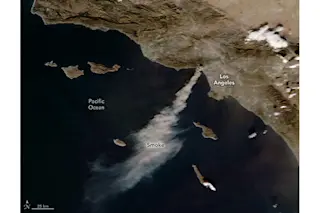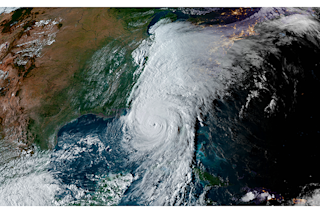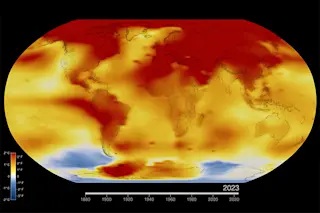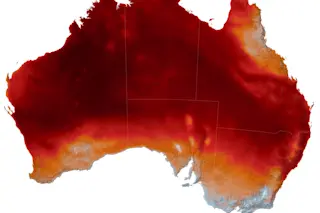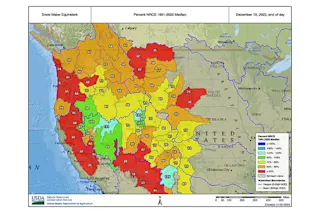An animation of imagery from the GOES-13 satellite shows the evolution of a cyclonic storm between January 6 and 14, 2015, that culminated in the formation of Hurricane Alex in the North Atlantic Ocean. (Source: Satellite Blog of the Cooperative Institute for Meteorological Satellite Studies, University of Wisconsin, Madison) Since 1851, records show that just two hurricanes have churned through the Atlantic Ocean in January. Until yesterday, that is, when a cyclonic low pressure system born off the U.S. southeast coast early in January evolved into Hurricane Alex. After achieving hurricane strength, Alex subsided to tropical storm strength, coming ashore today as a tropical storm in the Azores, according to the National Hurricane Center:
Satellite and surface data indicate that Alex made landfall on the island of Terceira around 915 AM AST (1315 UTC) as a tropical storm with an intensity of 70 mph (110 km/h).
Alex is now moving ...


